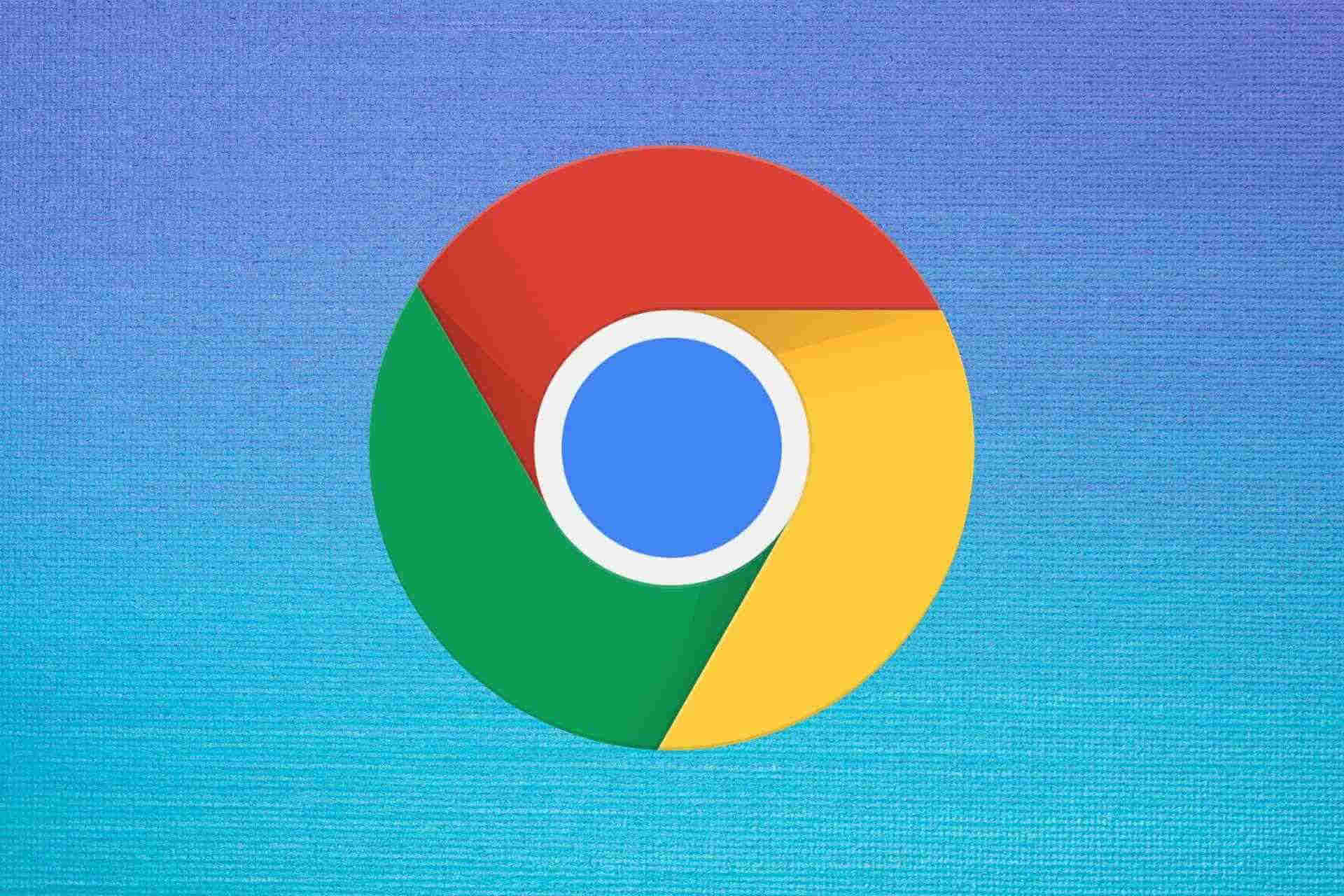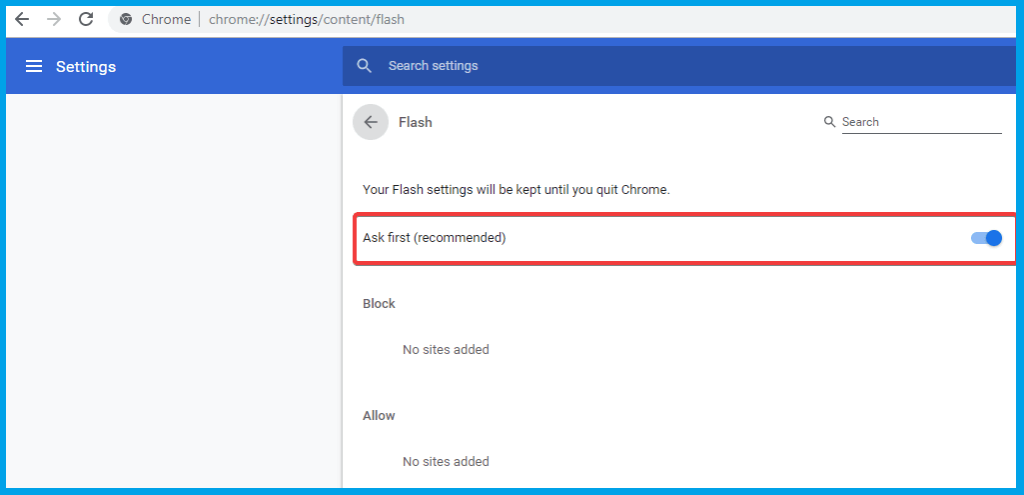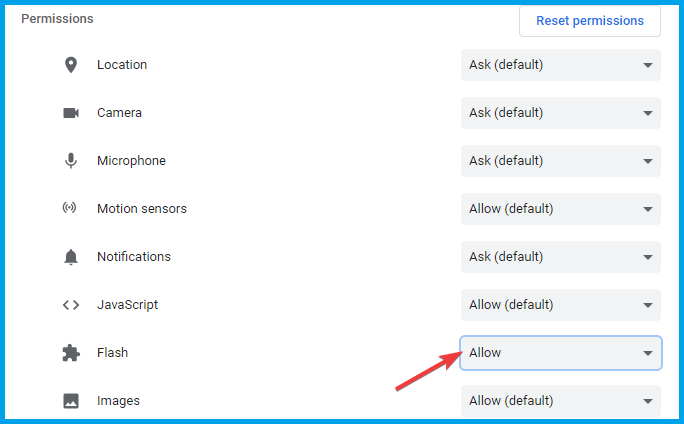How to Open Flash Player on Windows 10
How to enable Adobe Flash Player for Google Chrome
Milan has been enthusiastic about PCs ever since his childhood days, and this led him to take interest in all PC-related technologies. Before joining WindowsReport, he worked as a front-end web developer. Read more
Updated: Posted: July 2020
- As you might have noticed, Adobe Flash Player in Chrome is disabled by default.
- Think about trying another web browser that has Flash enabled natively.
- The Adobe Flash Player for Chrome can also be tweaked from the browser's settings.
- Remember that Flash reached its end of life so you can use it at your own risk.

Adobe Flash Player helps you to play audio, games, and videos while you are browsing the Internet. Adobe has recently announced that the company will no longer support Flash after 2020.
Microsoft is also considering to phase out Flash from Windows by the end of 2020. Many popular browsers have decided to completely remove Flash Player.
Chrome is following the trend and the Adobe Flash Player for Chrome is now by default disabled in the latest versions of the browser.
You will now see the message Flash was blocked on this page if you use Google Chrome to visit a website that contains Flash content. You can no longer enable Flash permanently for all sites.
However, a tweak in the settings area will enable Adobe Flash Player for Windows 10 Chrome for a specific website.
What can I do if Google Chrome blocks Flash Player?
1. Try a browser with Flash enabled by default

If you don't want to waste time tweaking your browser settings, we suggest that you switch to a browser that still comes with Adobe Flash enabled by default.
Opera is such a browser, for instance. It is true that support for the Flash tool will stop at the end of 2020, but for now, you'll get it activated by default. And you can use it beyond 2020, of course.
You can download Opera using the button below (it only takes a couple of minutes). You can switch to Opera from the previous browser similarly easy.
Namely, in the Settings area, you can find a Synchronization option that allows you to import bookmarks, pages, and other data from your default browser.
Then, also in the Settings pane, you can customize what sites you want to block/allow Flash Player for. Namely, type Flash in the search bar (the top right corner) and see if you want to change anything.

Opera
Try Opera with the Flash Player enabled by default and take your mind off tweaking other settings.
2. Tweak Chrome settings
- Open Chrome.
- Type chrome://settings/content in the address bar and hit the Enter key.
- Scroll down on the page and select the Flash option.
- Turn on the Ask first (recommended)toggle button. This option will allow you to use Flash for websites.

- Open the website that uses the Flash player. The Plugin blocked message will appear in the address bar.
- Click the lock icon on the left side of the address bar.
- Select Site settings from the dropdown menu and change the default value of Flash to Allow.

- Finally, navigate to the specific page and reload it to apply the new settings.
Now you can view the Flash content that is available on the webpage. You might need to click the Flash content to load it. The browser will display the following message on your screen:
Flash Player will no longer be supported after December 2020
Note that Google will block Flash content on its browser in late 2020. It is important to consider the security risks attached to using Adobe Flash Player in Google Chrome.
Let us know in the comments section below if the above-mentioned solution worked for you.
![]()
Newsletter
How to Open Flash Player on Windows 10
Source: https://windowsreport.com/enable-adobe-flash-player-chrome/